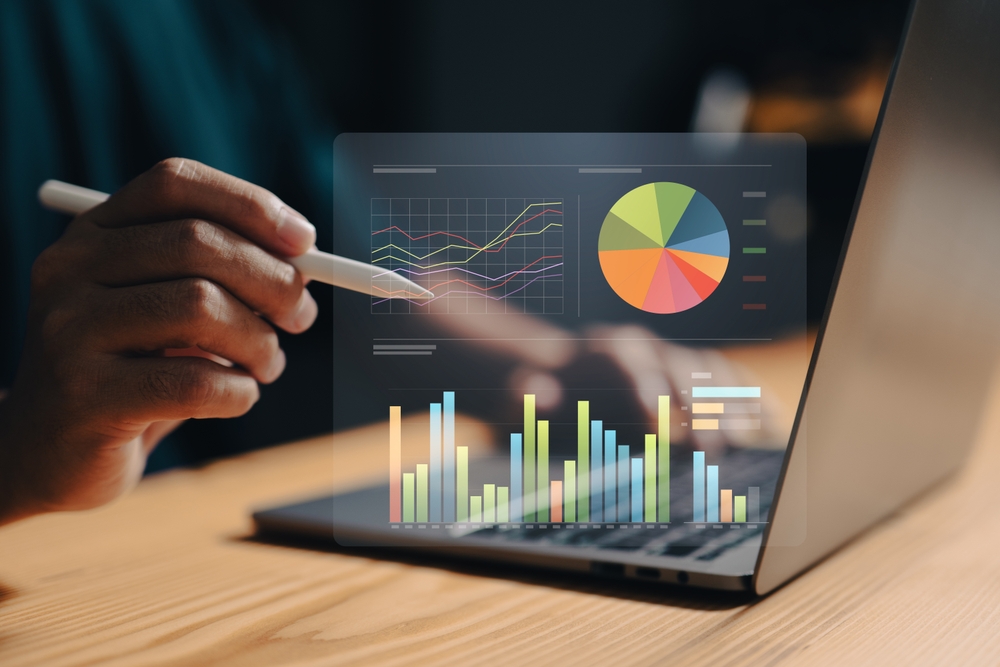Business Analytics and Deep Analytics

Business Analytics (BA)
Business Analytics involves using data to make strategic and operational decisions. It focuses on analyzing historical and current data to identify trends, patterns, and performance indicators that help businesses optimize processes, improve efficiency, and drive growth.
Typical Tools/Methods:
- Dashboards (e.g., Power BI, Tableau)
- Descriptive & Diagnostic Analytics
- Reporting & KPIs
- Forecasting
Common Use Cases:
- Sales performance tracking
- Operational cost analysis
- Customer behavior trends
- Marketing ROI
How They Help Businesses
Deep Analytics (DA)
Deep Analytics goes a step further by leveraging advanced data science, AI, and machine learning to uncover complex patterns, hidden insights, and predictive intelligence. It’s about going beyond “what happened” and “why it happened”—to “what will happen” and “what should be done”.
Typical Tools/Methods:
- Machine Learning models
- Natural Language Processing
- Computer Vision
- Neural Networks
- Advanced Statistical Modeling
Common Use Cases:
- Predictive maintenance
- Customer churn prediction
- Fraud detection
- Sentiment analysis
- Personalized product recommendations

Comparison Table
| Feature | Business Analytics | Deep Analytics |
|---|---|---|
| Focus | Trends, performance, decision support | Predictive & prescriptive insights |
| Data Depth Techniques Used | Structured, historical Reports, dashboards, visual analysis | Structured & unstructured, real-time |
| Output | Insights & KPI tracking | Forecasting, automation, intelligent actions |
| Tools | Excel, Tableau, Power BI | Python, R, TensorFlow, PyTorch, LangChain |
| Typical Users | Business Managers, Analysts | Data Scientists, AI Engineers |

Why It Matters
Combining both types of analytics allows your organization to:


